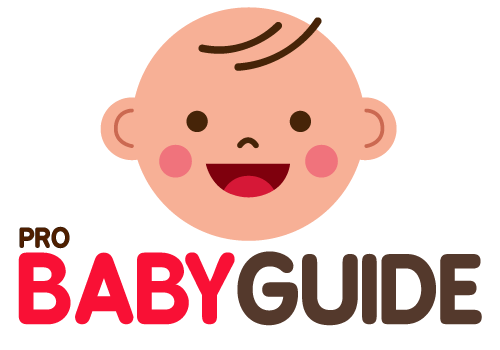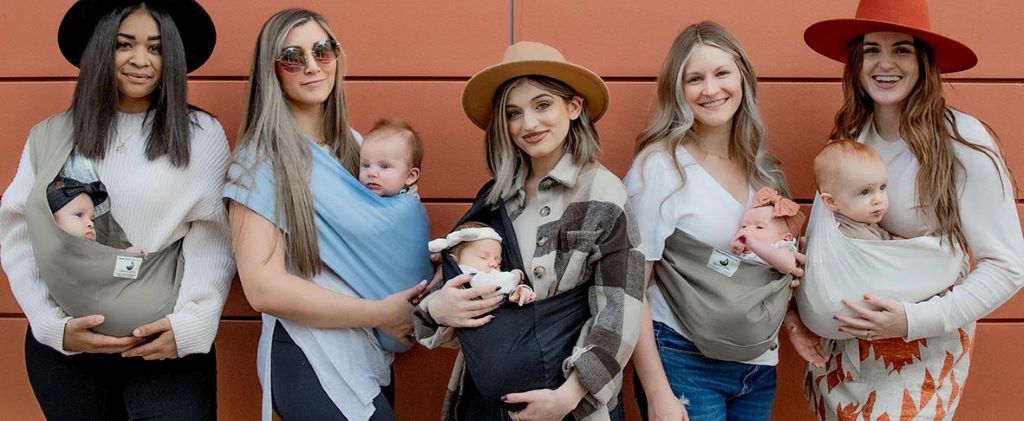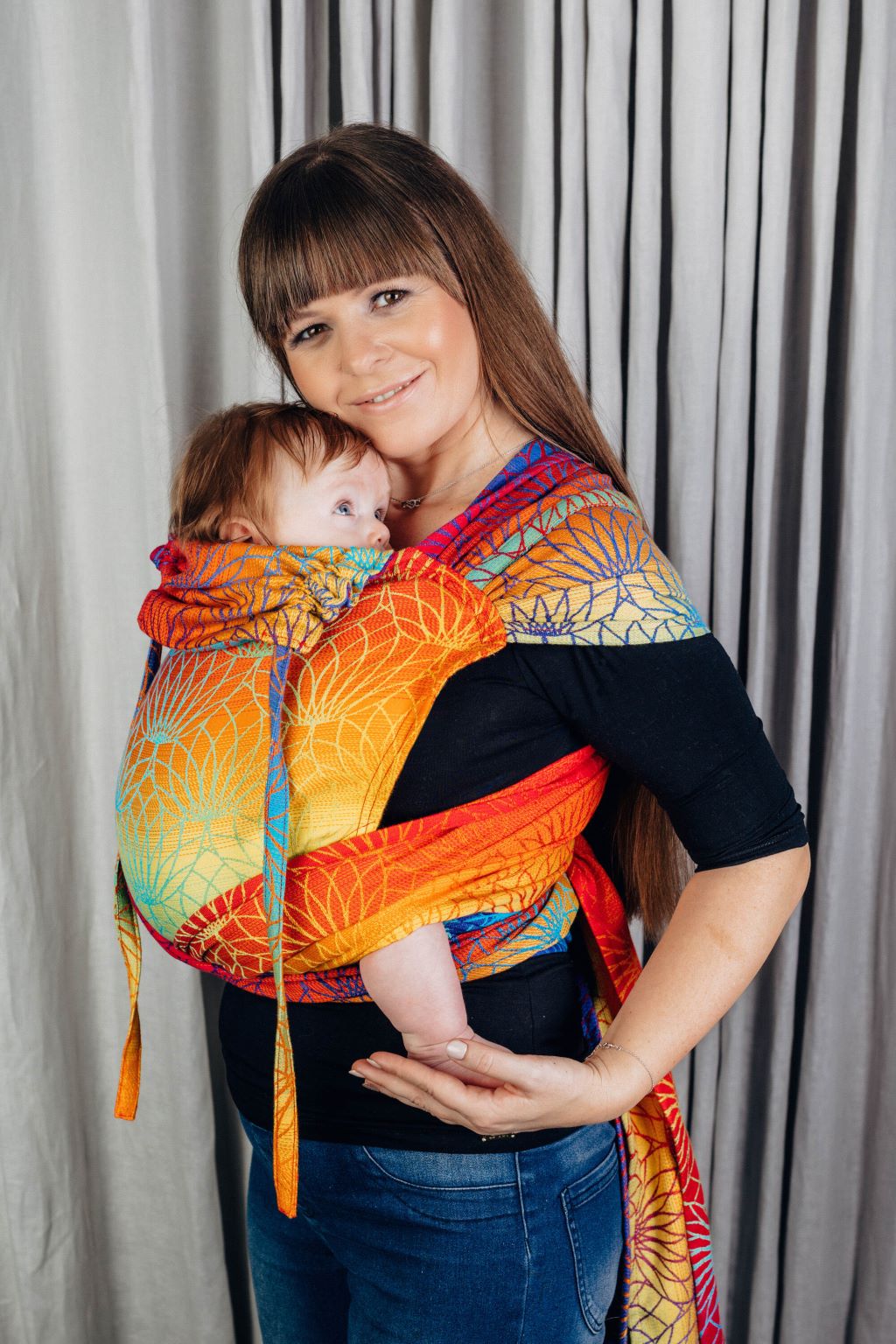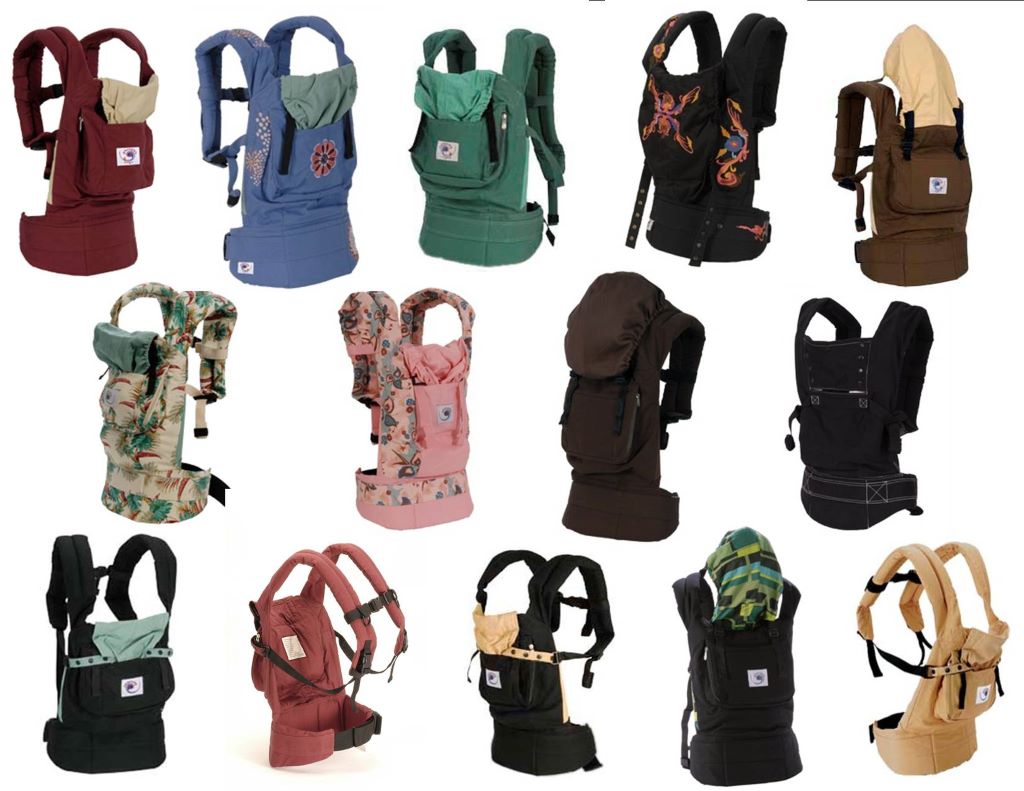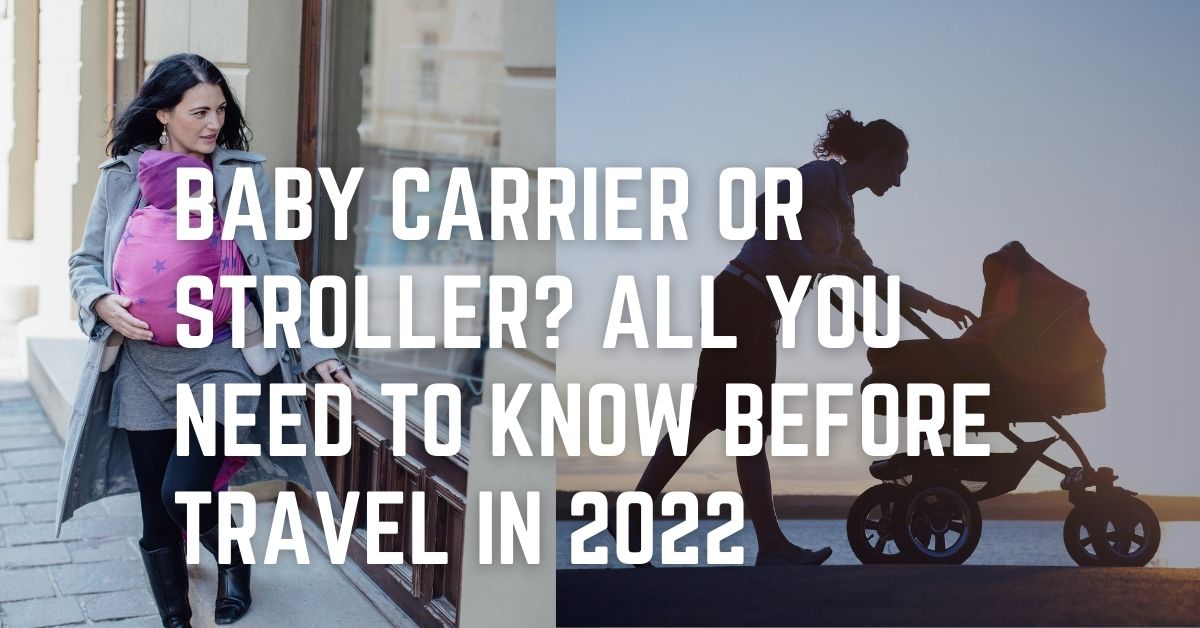Babywearing, the practice of carrying your baby close using a carrier, offers countless benefits for both parent and child. It promotes bonding, soothes fussy babies, and allows for hands-free convenience. Wrap carriers, in particular, are beloved for their versatility, comfort, and snug fit for newborns. But with so many options on the market, how do you find the perfect wrap carrier for your family? Let’s dive in.
What is a Wrap Carrier?
A wrap carrier is a long piece of fabric that you tie around your body to create a secure pouch for your baby. Unlike structured carriers with buckles and straps, wraps offer a customizable fit that molds you and your baby’s unique shape. They’re especially popular for newborns as they provide a womb-like environment and support their developing spine.
Factors to Consider When Choosing a Wrap Carrier:
Fabric Type:
- Woven Wraps: These are the most common type and offer the greatest support and adjustability. They’re typically made of cotton, linen, bamboo, or blends. Each fabric has unique properties – cotton is breathable, linen is strong and cool, and bamboo is soft and silky.
- Stretchy Wraps: Ideal for newborns, stretchy wraps are easy to use and forgiving. They’re often made of cotton/spandex blends. Keep in mind that they offer less support as babies get heavier.
- Hybrid Wraps: These combine the stretch of a stretchy wrap with the support of a woven wrap. They offer a nice balance and can be used for longer periods.
Size:
- Base Size: This is the shortest length of the wrap and determines how many “passes” you can make around your body. Most adults need a size 6 (4.6 meters) for most carries.
- Long Size: If you want more versatility for different carries or are taller/larger, consider a size 7 or 8.
Fabric Properties:
- Thickness: Thinner wraps are good for warm weather, while thicker wraps offer more support for heavier babies.
- Grip: Some fabrics have more grip, making them easier for beginners to tie. Others are more slippery but offer smoother adjustments.
- Texture: Wraps come in various textures – smooth, textured, or even with a bit of “tooth” to help them hold in place.
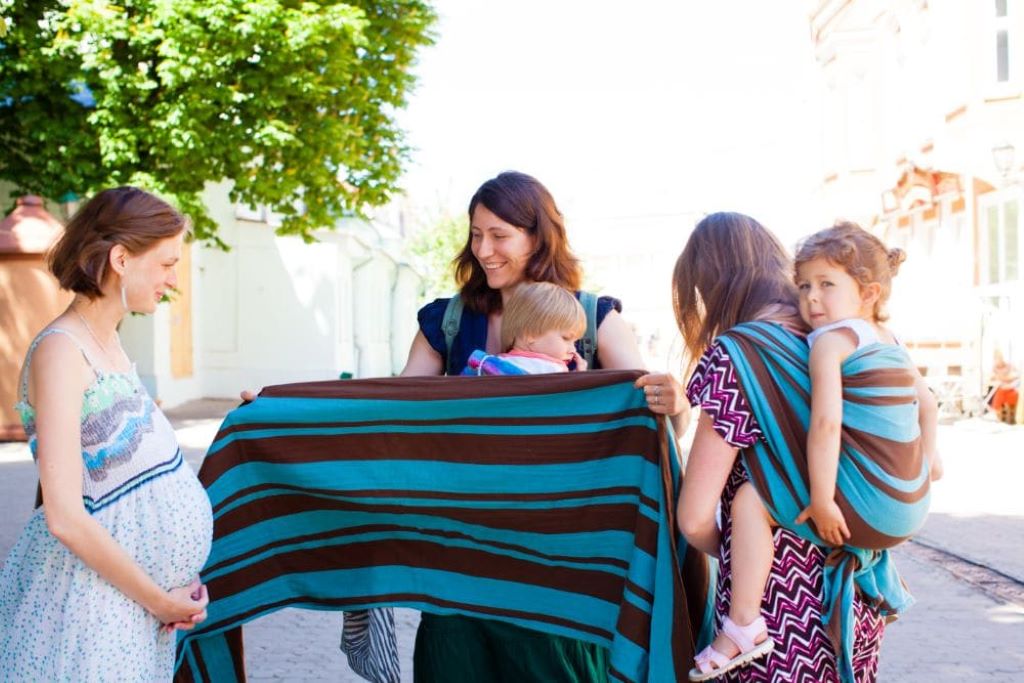
Ease of Use:
- Stretchy wraps: are generally easier for beginners, as they require less precise tying.
- Woven wraps: offer more flexibility and support, but have a learning curve. Look for resources (videos, tutorials) to help you master the technique.
Safety:
- Certified Hip-Healthy: Ensure the wrap is acknowledged as hip-healthy by the International Hip Dysplasia Institute.
- Proper Positioning: Learn how to position your baby safely in the wrap to ensure proper airway and hip development.
Style and Aesthetics of Wrap Carrier:
Wraps come in a wide range of colors, patterns, and designs. Choose something that reflects your personal style!
Related: Top 7 Best Baby Carrier for your baby 2023 – ProBabyGuide
Tips for Beginners:
- Don’t be afraid to experiment: Try different carriers and fabrics to find what works best for you and your baby.
- Practice: It takes time to master wrapping techniques. Start with simple carries and gradually build your skills.
- Join a Babywearing Group: Connect with other babywearing parents for support, advice, and a chance to try different wraps before buying.
Also be regarded: Choosing the Best Structured Baby Carrier: A Comprehensive Guide
Conclusion:
Choosing the right wrap carrier can be a journey of discovery. By considering the factors above and understanding your personal preferences, you’ll be well on your way to finding a wrap that brings you and your baby closer than ever. Remember, the best wrap is the one that you feel confident and comfortable using. Happy babywearing!
